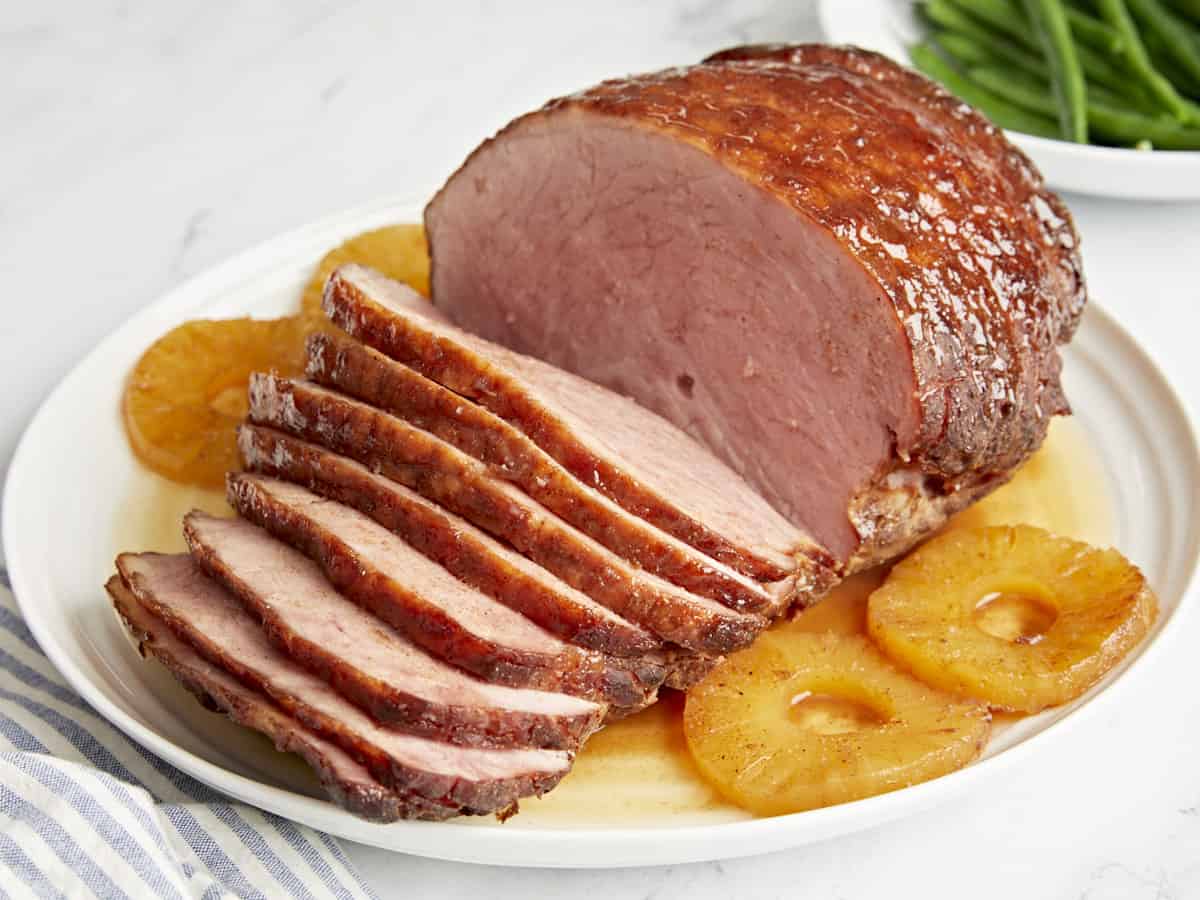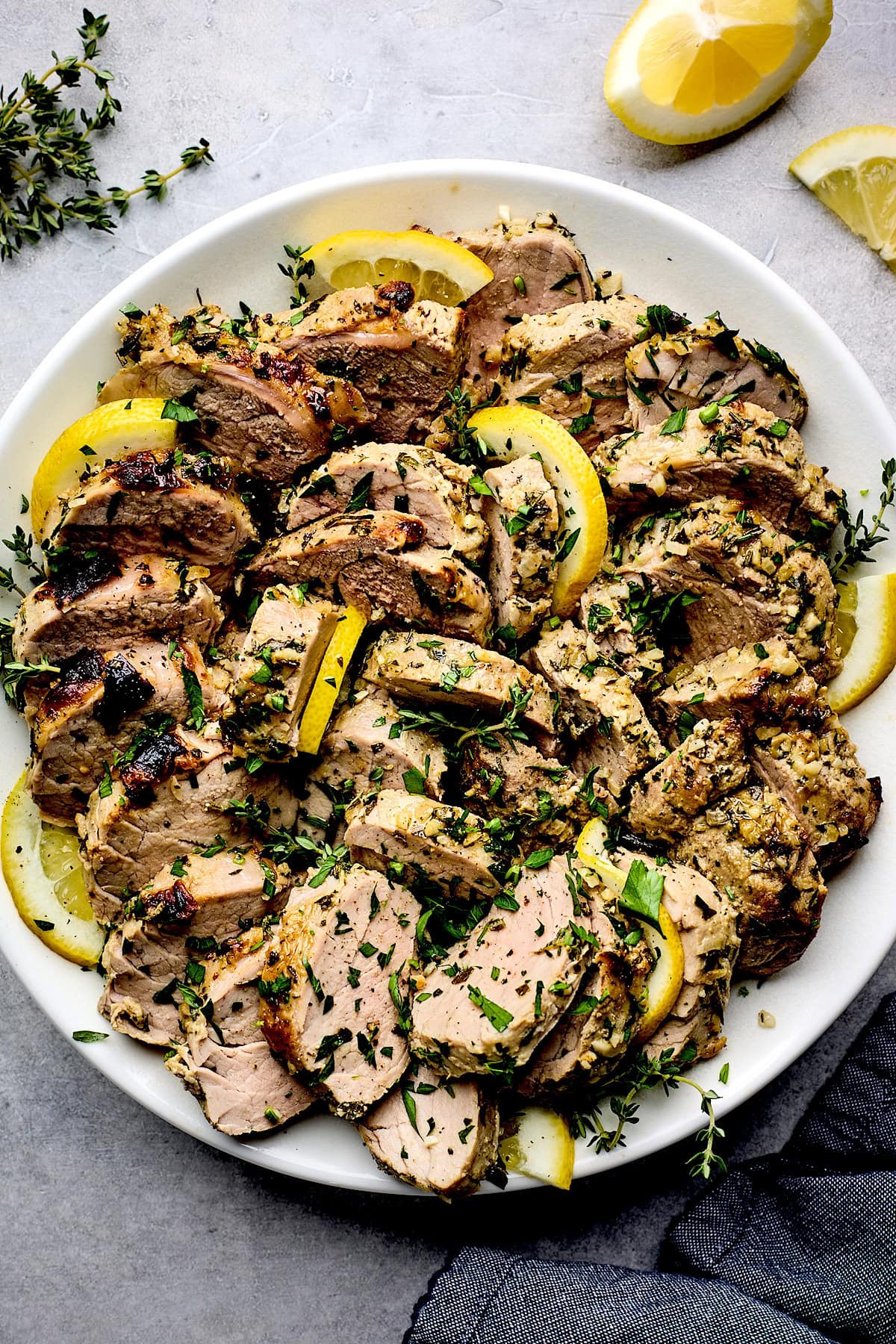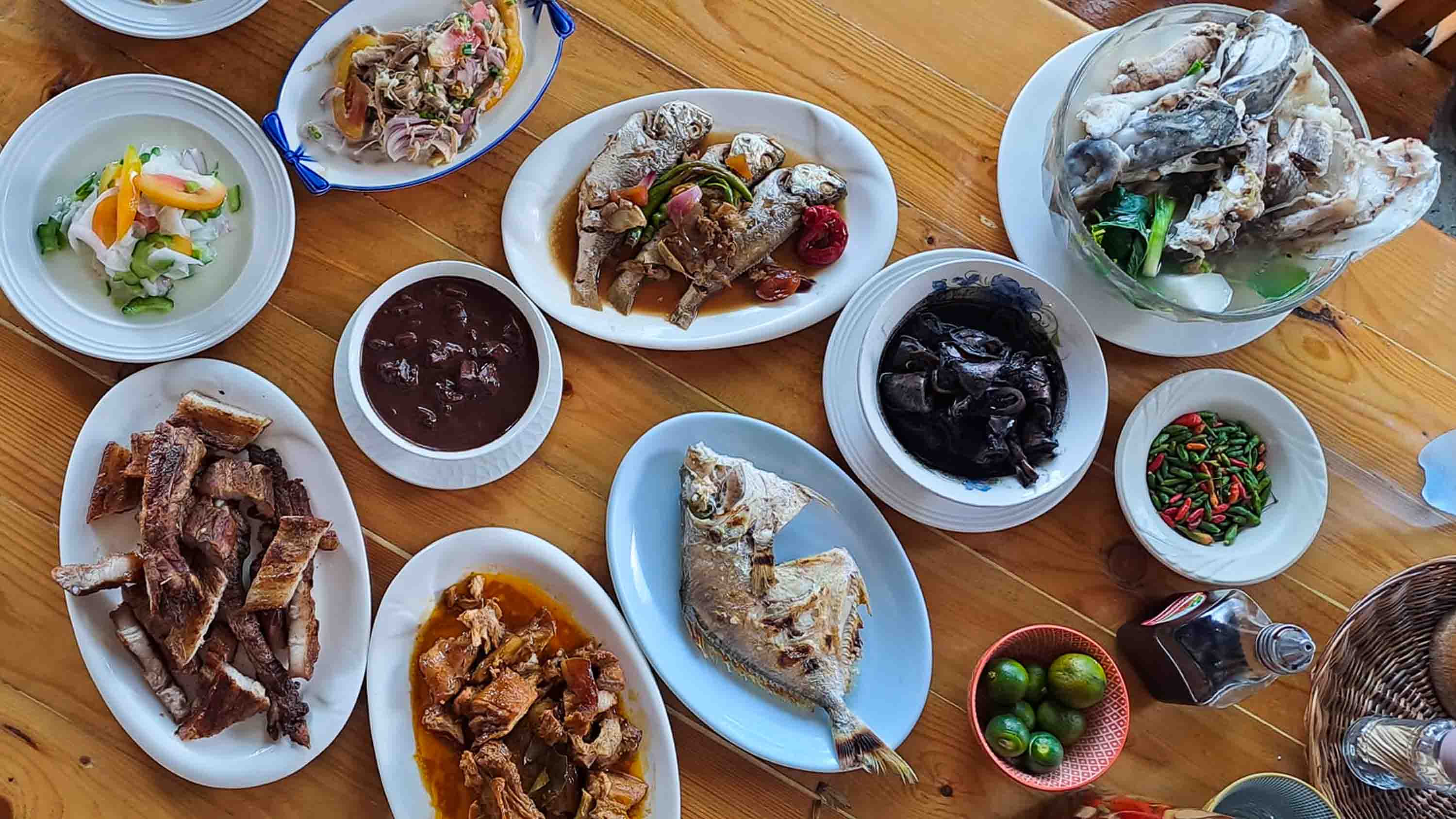A Guide to the Gingers of the World
This article is adapted from the April 16, 2025, edition of Gastro Obscura’s Favorite Things newsletter. You can sign up here. You might be surprised to learn that the edible portion of ginger is not technically a root. It’s a rhizome or “rootstalk,” a modified section of a plant stem that grows laterally underground, sending shoots above and roots below. And common ginger (Zingiber officinale) just might have humanity’s most-beloved rhizome (although its cousin turmeric is a close runner-up). I come from an Italian-American family, and my early exposure to ginger was limited to restaurant food (my specific dislike of the pink pickled ginger served with sushi began in childhood) and gingerbread. But now that I’m an adult who cooks a lot of different cuisines, it’s become a staple of my fridge. And I’m not alone in my present-day love for ginger: In fact, people have been ginger fans for a very long time. Ginger is a cultigen, which means it has been developed under human selection for so long that it’s become something that doesn’t exist in the wild (see also: dogs). Ginger’s long and widespread popularity is thanks in part to the ancient Austronesian peoples who first cultivated it. Beginning around 5000 BC, they carried the plant with them as they dispersed by boat from Asia across the Indian and Pacific Oceans, an event known as the Austronesian Expansion. Some unrelated plants with a spicy root or rhizome are also known as ginger, such as the “wild gingers” of the genus Asarum found throughout the Northern Hemisphere. But within ginger’s own family tree, there’s a host of culinary species to explore. This guide will focus on five of the most common cultivated gingers, where to find them, and how to use them. Myoga (Zingiber mioga) While common ginger is used widely in Japan, this species is unique to Japanese cuisine. Myoga has a delicate flavor with a refreshing tang that makes it popular in summertime. Unlike ginger, myoga’s rhizomes are not edible. Instead, its shoots and flower buds, fresh or pickled, are used to garnish dishes like miso soup and grilled fish. Myoga may be used on its own or combined with other toppings such as katsuobushi (dried fish flakes). I’ve seen fresh myoga buds for sale at Japanese grocery stores in the U.S., but they’re not always easy to find outside Japan. However, Japanese stores may carry frozen or pickled myoga, or tubes of myoga paste. Torch Ginger (Etlingera elatior) Some gingers are grown as ornamental garden plants rather than food, but torch ginger is used for both. Its fiery flowers have a crunchy texture and a flavor distinct from any other ginger: a citrusy mix of sour, bitter, spicy, and sweet. Torch ginger is predominantly eaten in Southeast Asia, and Asian grocery stores may sell the flowers frozen. These can be sliced thin as a raw garnish or ground in curry pastes and sauces. In Thailand, torch ginger is used in salads, while in Malaysia, it lends its unique tartness to asam laksa, a sour curry noodle soup. Indonesians use torch ginger in sambal (chili relish) and regional fish dishes like arsik, associated with the Batak peoples of Sumatra. The first time I ever used torch ginger was in this recipe for arsik, which actually calls for both the fruit and flower of the plant, as well as local spices like andaliman, a cousin of Sichuan pepper. Although I had to make a few substitutions, the end result was phenomenally flavorful. Galangal or Thai ginger (Alpinia galanga) Many recipes call for both ginger and galangal, but be wary of substituting. As Thai chef Pailin Chongchitnant writes in her article “Galangal 101,” “that’s like saying you can use rosemary instead of basil. Sure, you CAN use it, but the flavors are totally different.” Galangal lacks the spiciness of ginger and, like its cousin cardamom, is often said to taste of camphor and pine. Today, galangal is mainly associated with Thai cuisine, to such an extent that it’s sometimes called “Thai ginger.” But in the Middle Ages, galangal (or the old-timey galingale) was widely traded to the Middle East and Europe alongside other Asian spices like black pepper. Medieval Western recipes mainly call for dried and powdered galangal, but in its native Southeast Asia, the rhizome is typically used fresh. It’s pounded with other aromatics, including other gingers, to form the base of soups and curries. Galangal features prominently in Cambodian and Indonesian recipes, as well as in Thai dishes like tom kha gai, which means “chicken galangal soup.” Galangal rhizomes freeze well and can be purchased from Asian grocery stores. They are a bit tougher to cut and peel than other gingers. The unrelated Cyperus longus is also called galingale for its fragrant rhizome, but it’s used in perfume more than cuisine. However, there are three different gingers known as “lesser galangal.” One, Alpinia officinarum, is less-widely used in cuisine, so let’s skip it. For clarity’s sake, I’ll refer to the other

This article is adapted from the April 16, 2025, edition of Gastro Obscura’s Favorite Things newsletter. You can sign up here.
You might be surprised to learn that the edible portion of ginger is not technically a root. It’s a rhizome or “rootstalk,” a modified section of a plant stem that grows laterally underground, sending shoots above and roots below. And common ginger (Zingiber officinale) just might have humanity’s most-beloved rhizome (although its cousin turmeric is a close runner-up).
I come from an Italian-American family, and my early exposure to ginger was limited to restaurant food (my specific dislike of the pink pickled ginger served with sushi began in childhood) and gingerbread. But now that I’m an adult who cooks a lot of different cuisines, it’s become a staple of my fridge.
And I’m not alone in my present-day love for ginger: In fact, people have been ginger fans for a very long time. Ginger is a cultigen, which means it has been developed under human selection for so long that it’s become something that doesn’t exist in the wild (see also: dogs). Ginger’s long and widespread popularity is thanks in part to the ancient Austronesian peoples who first cultivated it. Beginning around 5000 BC, they carried the plant with them as they dispersed by boat from Asia across the Indian and Pacific Oceans, an event known as the Austronesian Expansion.
Some unrelated plants with a spicy root or rhizome are also known as ginger, such as the “wild gingers” of the genus Asarum found throughout the Northern Hemisphere. But within ginger’s own family tree, there’s a host of culinary species to explore. This guide will focus on five of the most common cultivated gingers, where to find them, and how to use them.
Myoga (Zingiber mioga)
While common ginger is used widely in Japan, this species is unique to Japanese cuisine. Myoga has a delicate flavor with a refreshing tang that makes it popular in summertime. Unlike ginger, myoga’s rhizomes are not edible. Instead, its shoots and flower buds, fresh or pickled, are used to garnish dishes like miso soup and grilled fish. Myoga may be used on its own or combined with other toppings such as katsuobushi (dried fish flakes).
I’ve seen fresh myoga buds for sale at Japanese grocery stores in the U.S., but they’re not always easy to find outside Japan. However, Japanese stores may carry frozen or pickled myoga, or tubes of myoga paste.

Torch Ginger (Etlingera elatior)
Some gingers are grown as ornamental garden plants rather than food, but torch ginger is used for both. Its fiery flowers have a crunchy texture and a flavor distinct from any other ginger: a citrusy mix of sour, bitter, spicy, and sweet. Torch ginger is predominantly eaten in Southeast Asia, and Asian grocery stores may sell the flowers frozen. These can be sliced thin as a raw garnish or ground in curry pastes and sauces.
In Thailand, torch ginger is used in salads, while in Malaysia, it lends its unique tartness to asam laksa, a sour curry noodle soup. Indonesians use torch ginger in sambal (chili relish) and regional fish dishes like arsik, associated with the Batak peoples of Sumatra. The first time I ever used torch ginger was in this recipe for arsik, which actually calls for both the fruit and flower of the plant, as well as local spices like andaliman, a cousin of Sichuan pepper. Although I had to make a few substitutions, the end result was phenomenally flavorful.
Galangal or Thai ginger (Alpinia galanga)
Many recipes call for both ginger and galangal, but be wary of substituting. As Thai chef Pailin Chongchitnant writes in her article “Galangal 101,” “that’s like saying you can use rosemary instead of basil. Sure, you CAN use it, but the flavors are totally different.” Galangal lacks the spiciness of ginger and, like its cousin cardamom, is often said to taste of camphor and pine.
Today, galangal is mainly associated with Thai cuisine, to such an extent that it’s sometimes called “Thai ginger.” But in the Middle Ages, galangal (or the old-timey galingale) was widely traded to the Middle East and Europe alongside other Asian spices like black pepper. Medieval Western recipes mainly call for dried and powdered galangal, but in its native Southeast Asia, the rhizome is typically used fresh. It’s pounded with other aromatics, including other gingers, to form the base of soups and curries. Galangal features prominently in Cambodian and Indonesian recipes, as well as in Thai dishes like tom kha gai, which means “chicken galangal soup.”
Galangal rhizomes freeze well and can be purchased from Asian grocery stores. They are a bit tougher to cut and peel than other gingers. The unrelated Cyperus longus is also called galingale for its fragrant rhizome, but it’s used in perfume more than cuisine. However, there are three different gingers known as “lesser galangal.” One, Alpinia officinarum, is less-widely used in cuisine, so let’s skip it. For clarity’s sake, I’ll refer to the other two lessers by some of their other names: fingerroot and sand ginger.

Fingerroot or Krachai (Boesenbergia rotunda)
The shape of this plant’s rhizomes has given rise to colorful common names, including “fingerroot” and “Chinese keys.” While they do look a bit like human fingers or dangling keys, “Chinese” is misleading, because people cook with them in Southeast Asia more than China.
Fingerroot has more bite than galangal but less than ginger, and its sweet, peppery flavor is hard to substitute. It’s an essential ingredient in the Thai sour seafood curry gaeng som, which is my favorite way to use it. Fingerroot is also included with other gingers in Cambodia’s national dish, amok trei, a souffle-like fish curry steamed in banana leaf cups.
You can find jarred or frozen fingerroot at stores that carry Southeast Asian ingredients, but it may be mislabeled as galangal or labeled unhelpfully as “rhizome.” Check for the distinctive shape and its Thai name, krachai (กระชาย in Thai writing).
Sand or Aromatic Ginger (Kaempferia galanga)
The Chinese food blog The Woks of Life suggests galangal as the nearest substitute for sand ginger. While closer in flavor to true galangal than fingerroot, sand ginger has a unique, sharp fragrance all its own. It shows up as a dried spice in Southern Chinese cooking. I first used it in The Woks of Life’s recipe for rou jia mo, a braised meat dish nicknamed “Chinese hamburger” because it’s served on sliced buns. The sand ginger adds a cooling hint of camphor to the complex seasoning in the meat. Sand ginger is also used in a similar fashion to other gingers in Southeast Asia. Another dish I have made with it is karedok: an Indonesian salad with a creamy peanut dressing so delicious I would probably eat cardboard if it were doused in it.
Like galangal, sand ginger becomes tough and woody when dried. Fresh or frozen versions may be difficult to source, but Chinese stores carry it as dried slices or powder. It’s sometimes just labeled “ginger,” so check for the scientific name or the Chinese name of sand ginger (shā jiāng fěn, 沙姜粉) to make sure.



































































-Baldur’s-Gate-3-The-Final-Patch---An-Animated-Short-00-03-43.png?width=1920&height=1920&fit=bounds&quality=70&format=jpg&auto=webp#)
































































































































































































